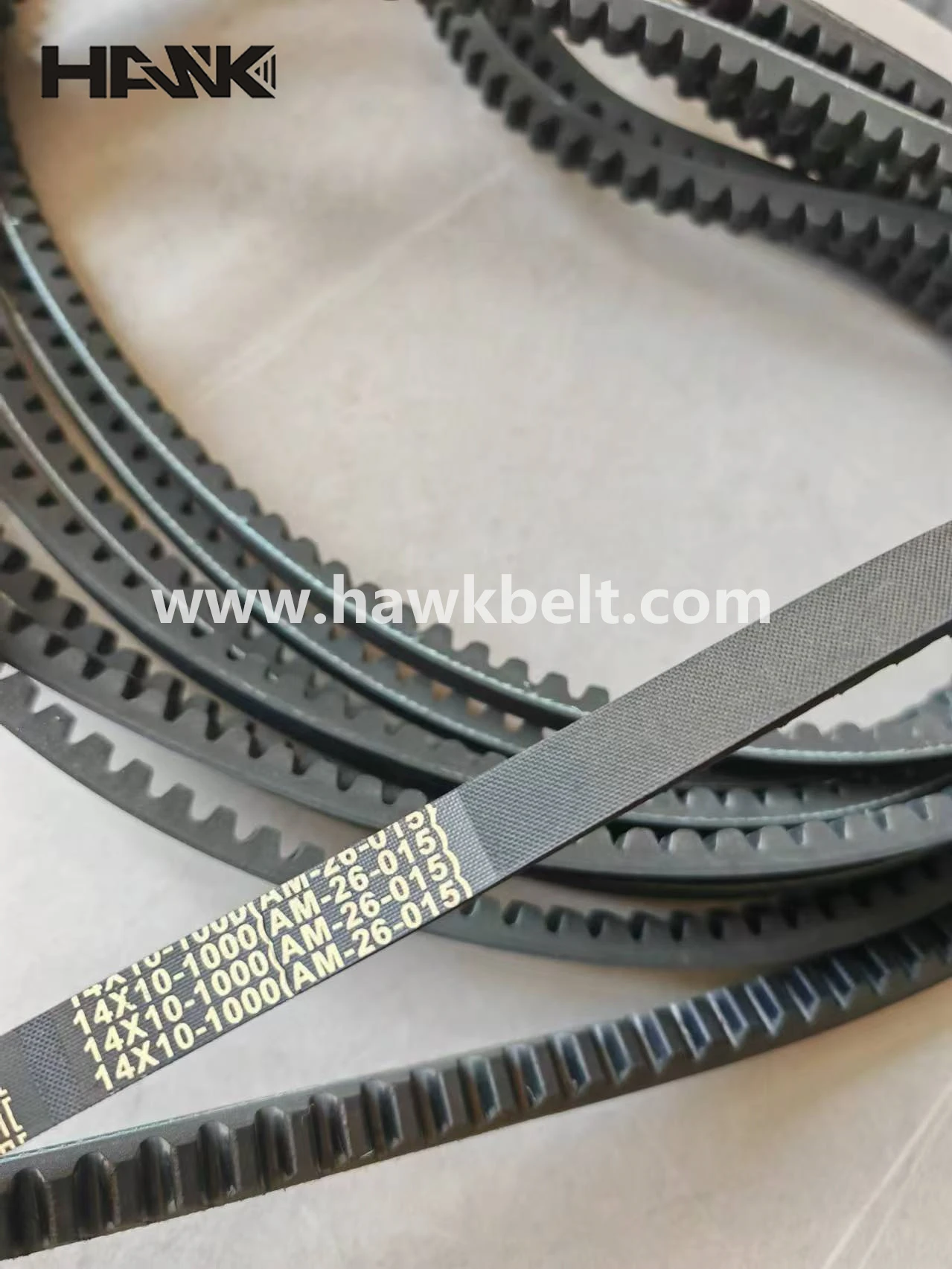- Arabic
- French
- Russian
- Spanish
- Portuguese
- Turkish
- Armenian
- English
- Albanian
- Amharic
- Azerbaijani
- Basque
- Belarusian
- Bengali
- Bosnian
- Bulgarian
- Catalan
- Cebuano
- Corsican
- Croatian
- Czech
- Danish
- Dutch
- Afrikaans
- Esperanto
- Estonian
- Finnish
- Frisian
- Galician
- Georgian
- German
- Greek
- Gujarati
- Haitian Creole
- hausa
- hawaiian
- Hebrew
- Hindi
- Miao
- Hungarian
- Icelandic
- igbo
- Indonesian
- irish
- Italian
- Japanese
- Javanese
- Kannada
- kazakh
- Khmer
- Rwandese
- Korean
- Kurdish
- Kyrgyz
- Lao
- Latin
- Latvian
- Lithuanian
- Luxembourgish
- Macedonian
- Malgashi
- Malay
- Malayalam
- Maltese
- Maori
- Marathi
- Mongolian
- Myanmar
- Nepali
- Norwegian
- Norwegian
- Occitan
- Pashto
- Persian
- Polish
- Punjabi
- Romanian
- Samoan
- Scottish Gaelic
- Serbian
- Sesotho
- Shona
- Sindhi
- Sinhala
- Slovak
- Slovenian
- Somali
- Sundanese
- Swahili
- Swedish
- Tagalog
- Tajik
- Tamil
- Tatar
- Telugu
- Thai
- Turkmen
- Ukrainian
- Urdu
- Uighur
- Uzbek
- Vietnamese
- Welsh
- Bantu
- Yiddish
- Yoruba
- Zulu
Жел . 07, 2024 07:10 Back to list
timing belts
Understanding Timing Belts Purpose, Types, and Maintenance
Timing belts are critical components in many internal combustion engines, playing a vital role in synchronizing the rotation of the crankshaft and the camshaft. The precise timing between these two components is essential for maintaining the engine's performance and efficiency. Any malfunction or failure of the timing belt can lead to significant engine issues, including costly repairs. This article aims to explore the purpose of timing belts, the different types available, and the importance of regular maintenance.
Purpose of Timing Belts
The core purpose of a timing belt is to ensure that the engine's valves open and close at the proper intervals in relation to the position of the pistons. This synchronization prevents the pistons from colliding with the valves, which can result in catastrophic engine damage. Timing belts are typically made from durable materials such as rubber, reinforced with nylon or fiberglass to enhance their strength and longevity.
In most engines, the timing belt connects the crankshaft, which turns the pistons, to the camshaft(s), which control the opening and closing of the engine's valves. By maintaining the precise timing between these components, the timing belt ensures that the engine runs smoothly, efficiently, and effectively.
Types of Timing Belts
There are several types of timing belts, each designed for specific engines and applications
. The most common types include1. Rubber Timing Belts The most widely used type of timing belt, rubber timing belts are flexible and quiet, making them suitable for a wide range of vehicles. They have a limited lifespan and typically require replacement every 60,000 to 100,000 miles, depending on the manufacturer's recommendations.
2. Chain Timing Belts Some engines use a timing chain instead of a rubber belt. Timing chains are typically more durable and have a longer lifespan. They are usually located inside the engine and are lubricated by the engine oil. While they require less frequent replacement than rubber belts, they can still experience wear and may need replacement in high-mileage vehicles.
timing belts

3. Composite Timing Belts Advanced engines may utilize composite timing belts made from a combination of materials. These belts are designed for high-performance applications and can withstand greater stress and higher temperatures.
4. V-Ribbed Timing Belts These belts have a unique V-shaped rib design that improves grip and reduces slippage under load. They are commonly used in high-performance engines where precise timing is critical.
Maintenance and Replacement
Proper maintenance of the timing belt is essential to ensure the longevity and reliability of the engine. Regular inspections should be part of a routine maintenance schedule. Signs of wear include cracks, fraying, and unusual noises during engine operation. If any of these symptoms are observed, it is crucial to have the timing belt checked by a qualified mechanic.
Most manufacturers recommend replacing the timing belt at specified intervals, often between 60,000 and 100,000 miles, but this can vary depending on the engine and driving conditions. Ignoring these recommendations can lead to belt failure and severe engine damage.
During a timing belt replacement, it is often advisable to replace associated components such as the water pump and tensioner. Failure of these components can lead to a premature timing belt failure, and since the labor involved in accessing the timing belt is significant, it is a cost-effective decision to replace them simultaneously.
Conclusion
Timing belts are essential for the proper functioning of an internal combustion engine. Understanding their purpose, types, and the importance of maintenance can help vehicle owners keep their engines running smoothly and prevent costly repairs. Regular checks and timely replacements are crucial to ensure the longevity of both the timing belt and the engine itself. Keeping your vehicle well-maintained ensures not only performance but also safety and peace of mind on the road.
-
Korean Auto Parts Timing Belt 24312-37500 For Hyundai/Kia
NewsMar.07,2025
-
7PK2300 90916-T2024 RIBBED BELT POLY V BELT PK BELT
NewsMar.07,2025
-
Chinese Auto Belt Factory 310-2M-22 For BMW/Mercedes-Benz
NewsMar.07,2025
-
Chinese Auto Belt Factory 310-2M-22 For BMW/Mercedes-Benz
NewsMar.07,2025
-
90916-02660 PK Belt 6PK1680 For Toyota
NewsMar.07,2025
-
drive belt serpentine belt
NewsMar.07,2025

